Romantic Lives of Emerging Adults: Getting from I to We
$49.50
SKU: INR-9780190639778
Categories: Attachment Issues, All Books
Tags: Adolescent, Young Adults, Sexual Minorities, Marriage & Family, Love, Friendship, Interpersonal Relations, Ingram, Sociology, United States, Developmental, Social Science, Psychology
Description
The romantic lives of emerging adults are often baffling and contradictory. While they prize committed and authentic relationships, they appear to be reluctant participants. They prefer to foster ambiguity in their romantic relationships, even as they value honesty and clarity. There is, at once, a valuing of long-term as well as a decentering of romantic relationships. Although our current understanding is incomplete, this text grapples with these perplexing questions.
In attempting to understand emerging adults and their romantic lives, researchers must consider the challenging economic conditions in which today’s emerging adults find themselves. With an emphasis on commitment and sacrifice and their centrality to one’s readiness for a long-term relationship, this book reviews the main milestones in transitioning from an “I” identity to a “we” identity and discusses the concepts of choice and risk. Further, the book examines structures such as asymmetrically committed relationships, cohabitation, and marriage through the lens of commitment, risk, and risk avoidance. Probing extensively into the romantic lives of emerging adults — their attitudes, values and expectations — this text examines some of the developmental and contextual realities against which romantic attachment must be viewed. Critical topics such as casual and sexual experiences and relationships, integration of work and love, breakups, marriage, going solo, and social media and its influences are considered. The commonality and the individuality of the emerging adults presented throughout this text contribute to a rich understanding of emerging adults and how they live and love.Author: Konstam, Varda
Topic: Sociology
Media: Book
ISBN: 190639776
Language: English
Pages: 384
Additional information
| Weight | 1.2 lbs |
|---|---|
| Dimensions | 9.1 × 6.1 × 1 in |



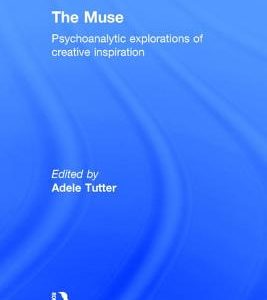


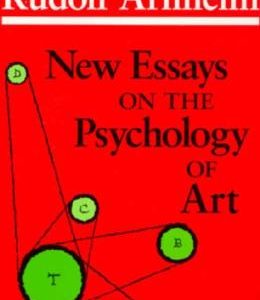
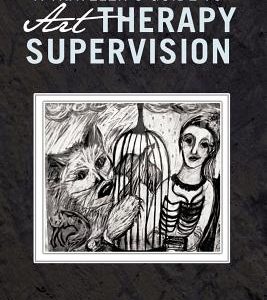
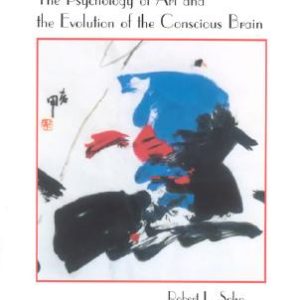
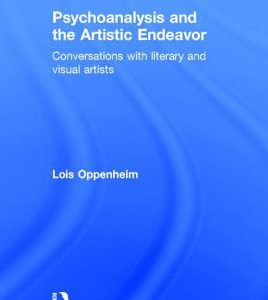



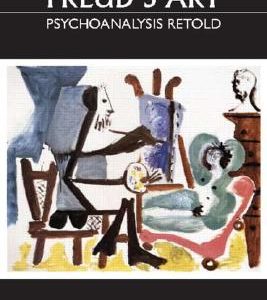

Reviews
There are no reviews yet.